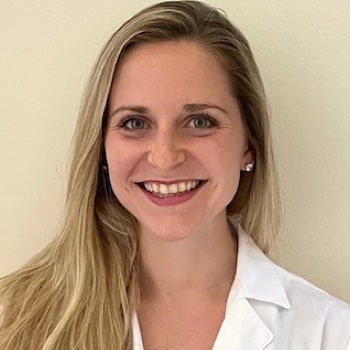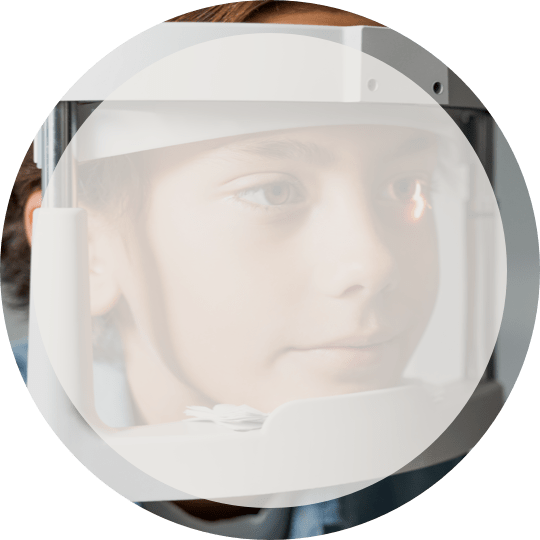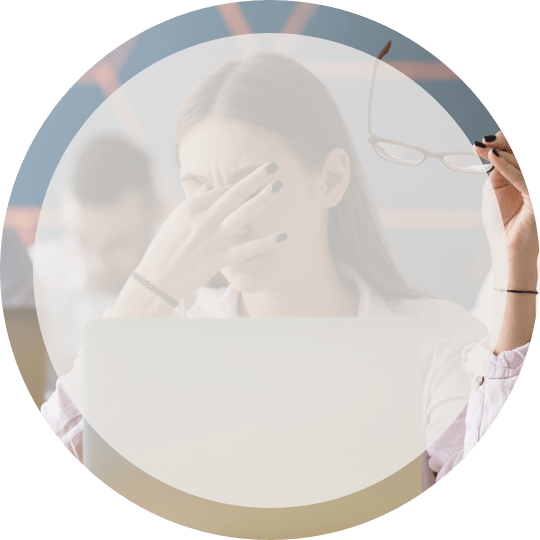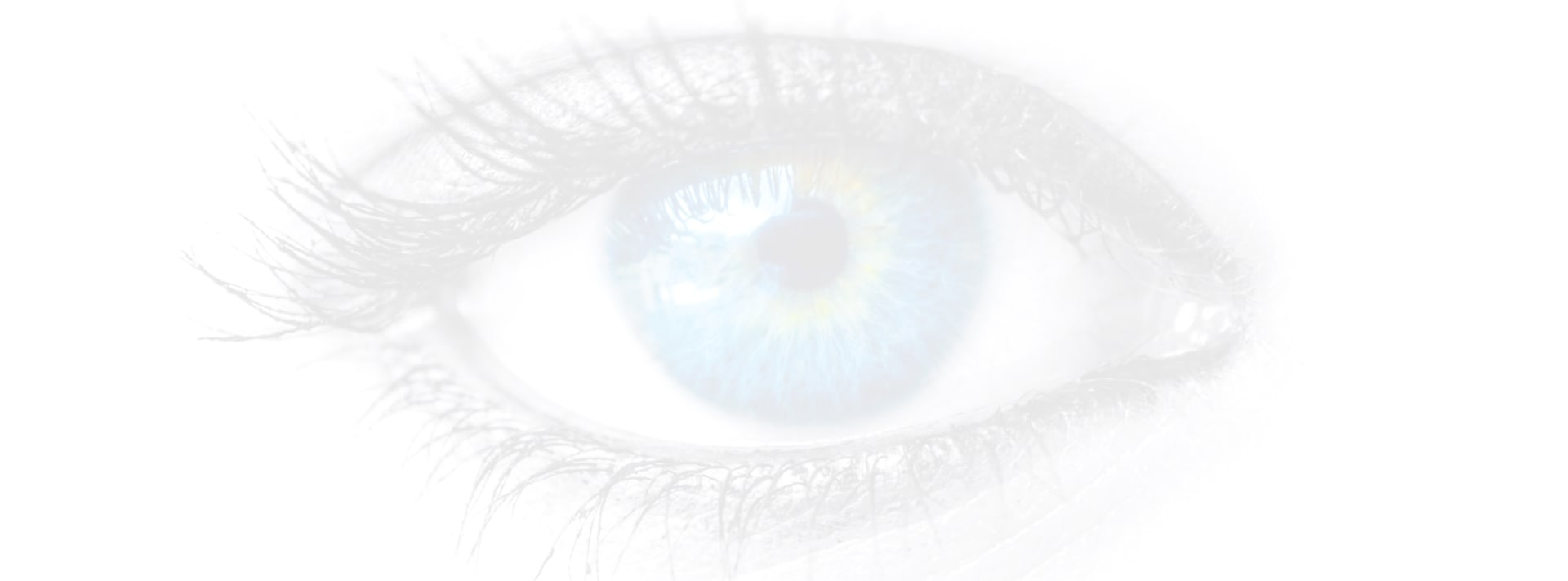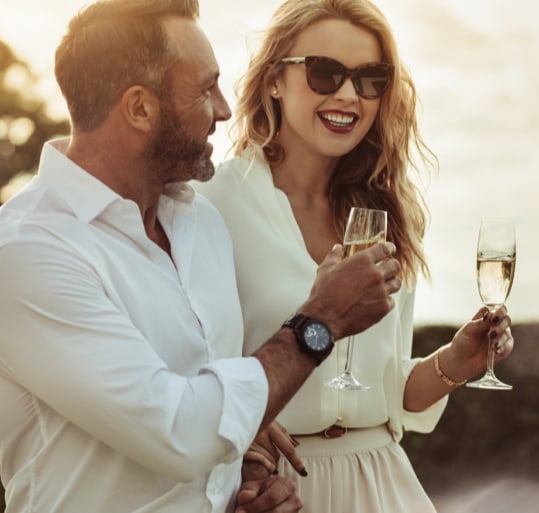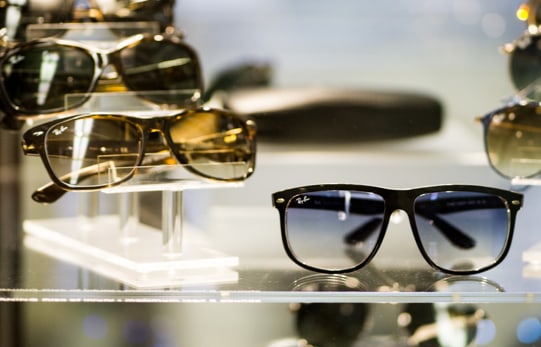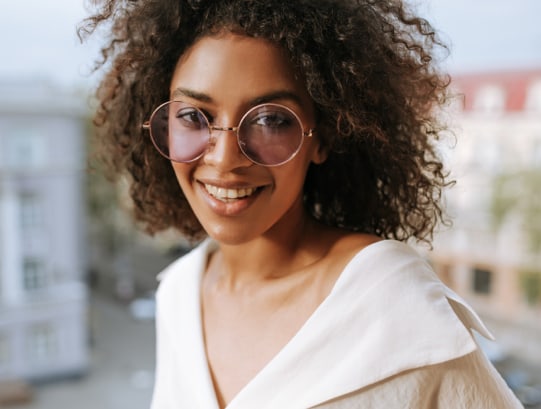Dry eye is a common condition that occurs when the eyes are not able to produce enough tears or the tears evaporate too quickly. This can cause discomfort, irritation, and other symptoms such as redness, burning sensation, and blurred vision. One of the most common causes of transient blurred vision, or blurry vision that ‘comes and goes’, is when the tear film is irregular.
Dry eye can cause blurred vision in several ways. The most common way is when there is not enough moisture on the surface of the eye to keep it lubricated.
Understanding Dry Eye
Dry eye occurs when there is a lack of lubrication on the surface of the eyes. This can happen due to various reasons such as aging, hormonal changes, certain medical conditions, environmental factors, or side effects of medications. When the eyes are not constantly coated with tears, they can become irritated and inflamed.
This inflammation can cause the eyes to produce excess mucus which can further contribute to blurred vision. The excess mucus can create a film on the surface of the eye, making it difficult for light to enter and causing objects to appear blurry.
Diagnosing Dry Eye
LipiView: An imaging technology that helps to assess the oil glands responsible for creating the lipid layer of the eye’s tear film. This can detect if those oil glands are not working properly as a result of inflammation.
A slit lamp examination: your eye doctor can examine your eyes using a microscope called a slit lamp. This allows them to take a look at the front surface of the eye to see if your eyes are producing enough tears, assess the quality of the tear film, and note if there are any inflammatory signs present that can lead to dry eye syndrome.
Treating Dry Eye
There are several ways to treat dry eye and reduce its impact on your vision. Some common treatments include:
- Eye drops: These can provide temporary relief by adding moisture to the eyes. There are different types of eye drops available, including artificial tears and prescription eye drops that help stimulate tear production.
- Punctal plugs: These tiny silicone or gel plugs are inserted into the tear ducts to help keep tears from draining away too quickly.
- OptiLight by Lumenis: A treatment option that uses intense pulsed light therapy to address the underlying inflammation associated with dry eye.
- LipiFlow: A device that applies heat and pressure to the eyelids to unclog oil glands, promoting a healthy, regular tear film.
- Amniotic membrane therapy: This involves placing a biological membrane over the eye that contains healing factors and growth factors to reduce inflammation and promote corneal healing.
- Low-level light therapy: Using specific wavelengths of light to help reduce the underlying inflammation associated with dry eye syndrome.
Preventing Dry Eye
While some cases of dry eye cannot be prevented, there are steps you can take to minimize your risk or reduce the severity of symptoms:
- Blink frequently: When working on a computer or reading, it’s important to remember to blink regularly. This can help spread tears evenly across the surface of your eyes.
- Take breaks: If you spend a lot of time looking at screens, take frequent breaks to give your eyes a rest and prevent them from becoming too dry.
- Drink plenty of water: Staying hydrated helps keep your body, including your eyes, functioning properly.
- Quit smoking: Smoking can increase the risk of dry eye and other eye conditions. Quitting can help improve overall eye health.
- Eat a healthy diet: Foods rich in omega-3 fatty acids, such as salmon and flaxseed, have been shown to help reduce dry eye symptoms.
Other Factors Affecting Blurry Eyes
In addition to dry eye, there are other factors that can contribute to blurry vision. These include:
- Refractive errors: Conditions like nearsightedness, farsightedness, and astigmatism can cause blurred vision if left uncorrected.
- Age-related changes: As we age, our eyes undergo natural changes that can affect our vision. This includes conditions like presbyopia, where the lens of the eye becomes less flexible, making it harder to focus on close objects.
- Eye diseases: Conditions like cataracts and glaucoma can cause blurry vision if left untreated.
- Medications: Certain medications, particularly those used to treat allergies, depression, and high blood pressure, can cause dry eyes and blurry vision as a side effect.
- Injuries or trauma: Any injury or trauma to the eye can cause blurry vision, and it’s important to seek medical attention if you experience any vision changes after an accident.
- Systemic health conditions: Conditions like diabetes, high blood pressure, and autoimmune disorders can affect the eyes and cause blurry vision as well. It’s important to manage these conditions and keep them under control to maintain good eye health.
The Importance of Regular Eye Exams
Whether you experience blurry vision or not, it’s important to schedule regular eye exams with your optometrist. These checkups can help detect any underlying eye conditions early on and allow for proper treatment before they progress. Your optometrist can also provide recommendations for how often to get your eyes checked based on your age and overall health.
Regular eye exams can also help detect changes in your vision that may require a change in your prescription. This is especially important for those who wear glasses or contact lenses, as an outdated prescription can lead to blurry vision.
During an eye exam, your optometrist will also check the overall health of your eyes and may be able to spot signs of systemic conditions like diabetes or high blood pressure through changes in the eye.



